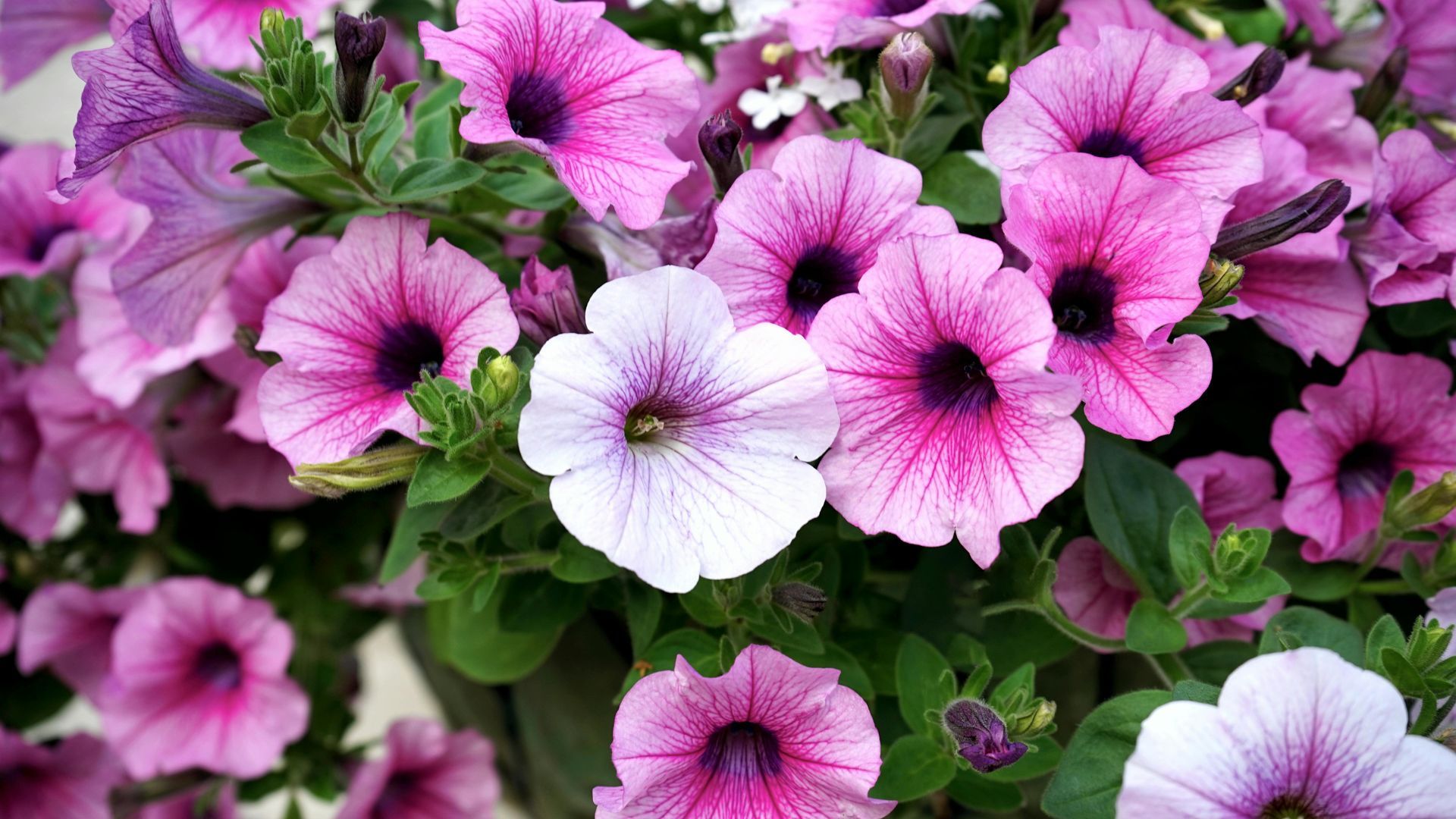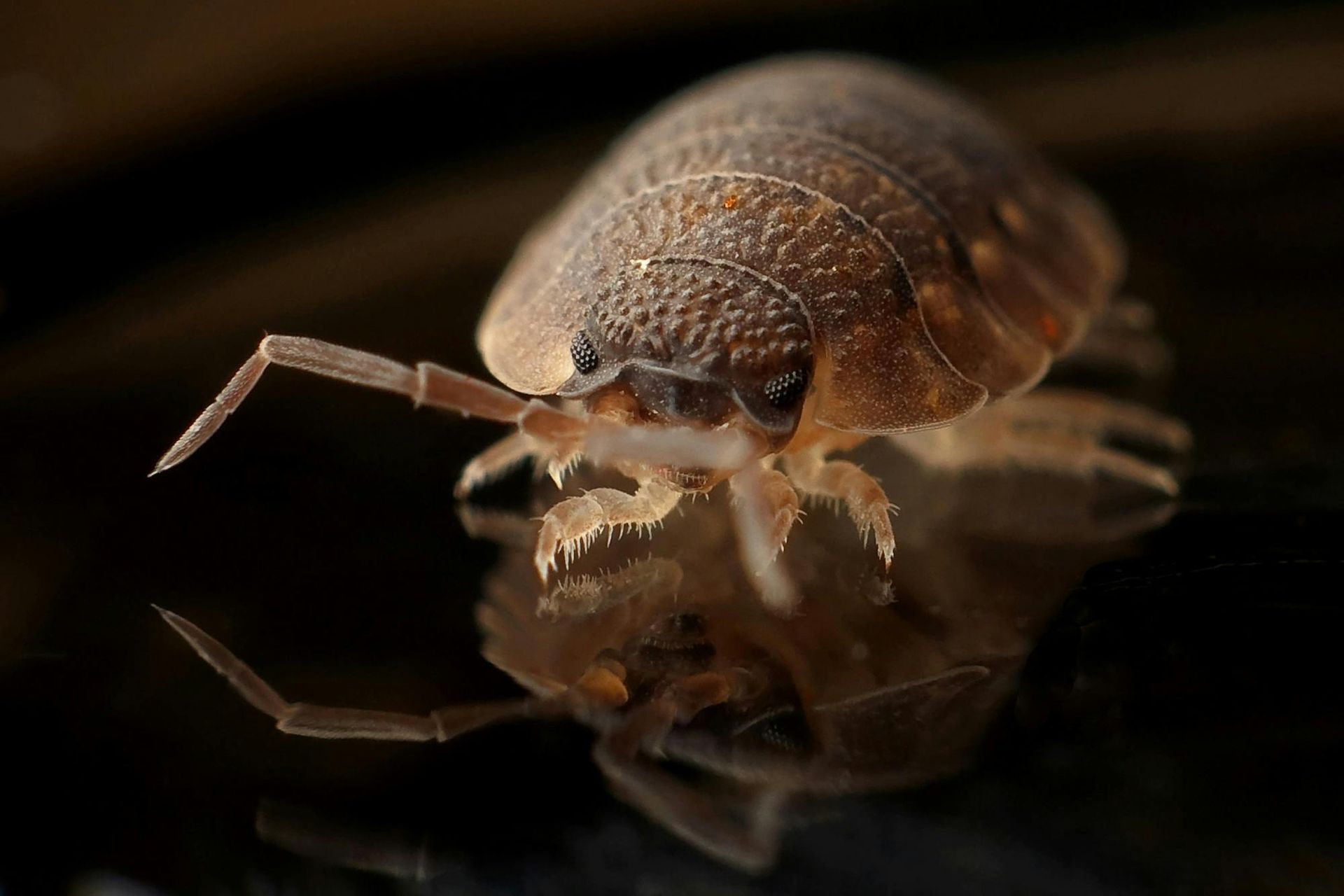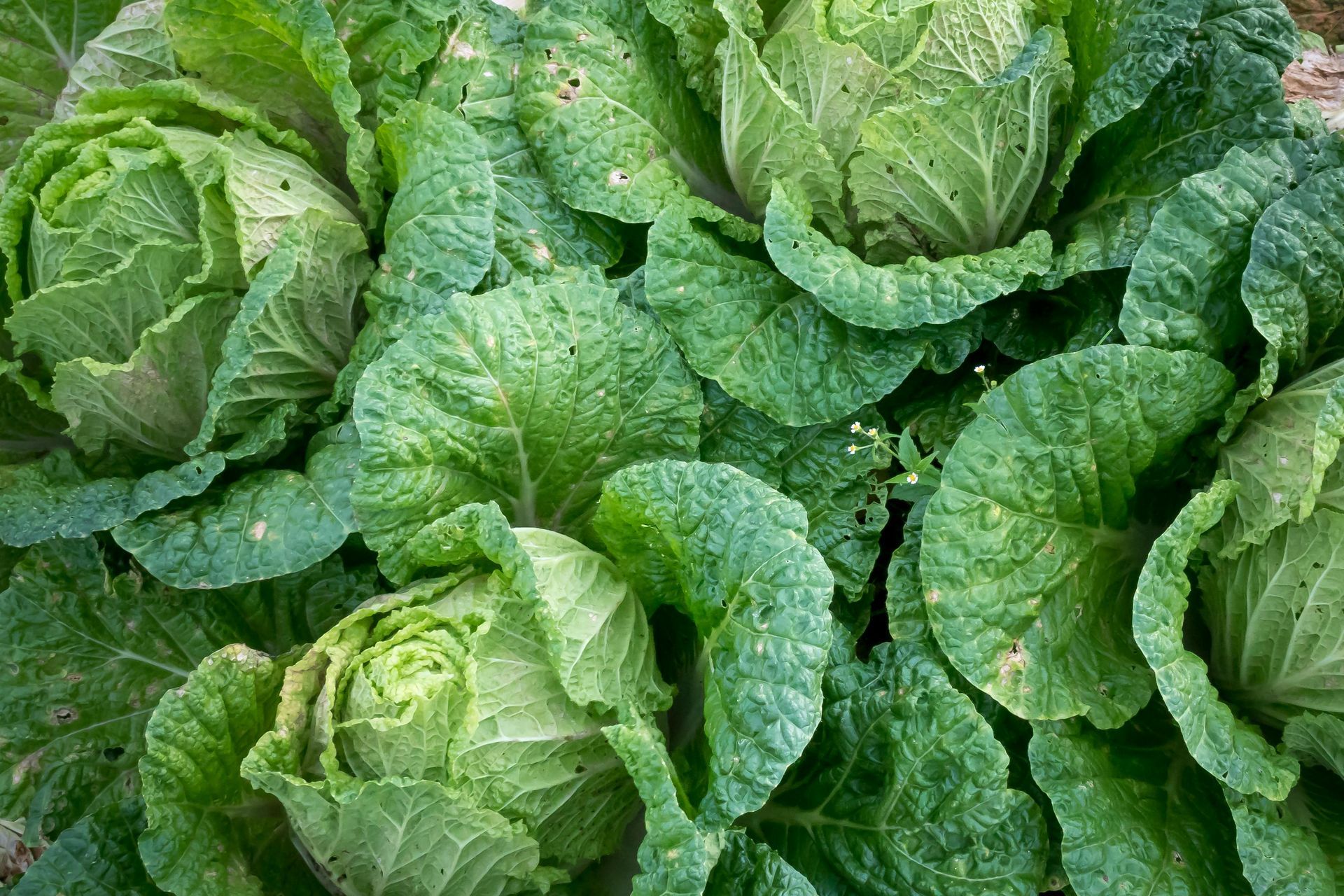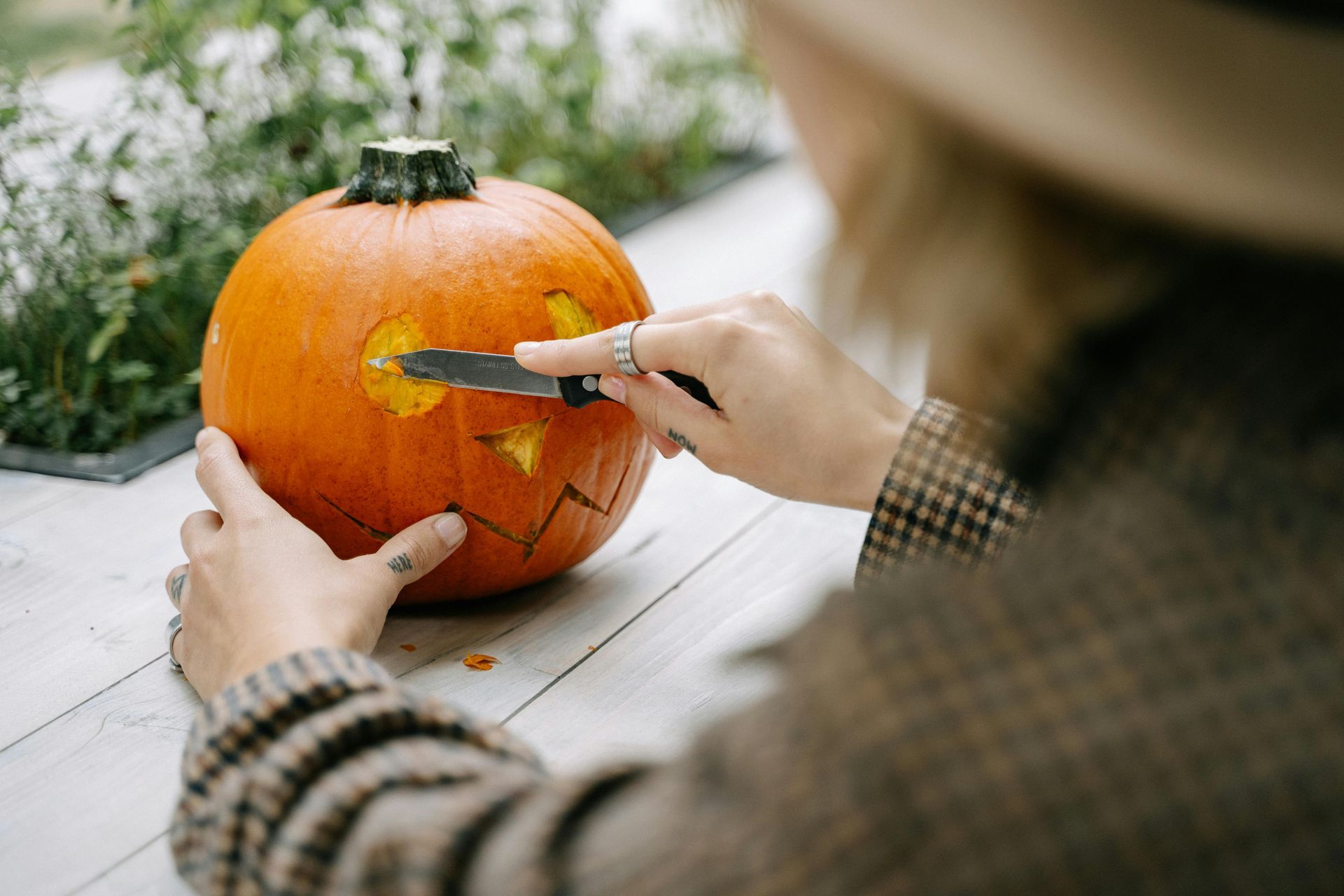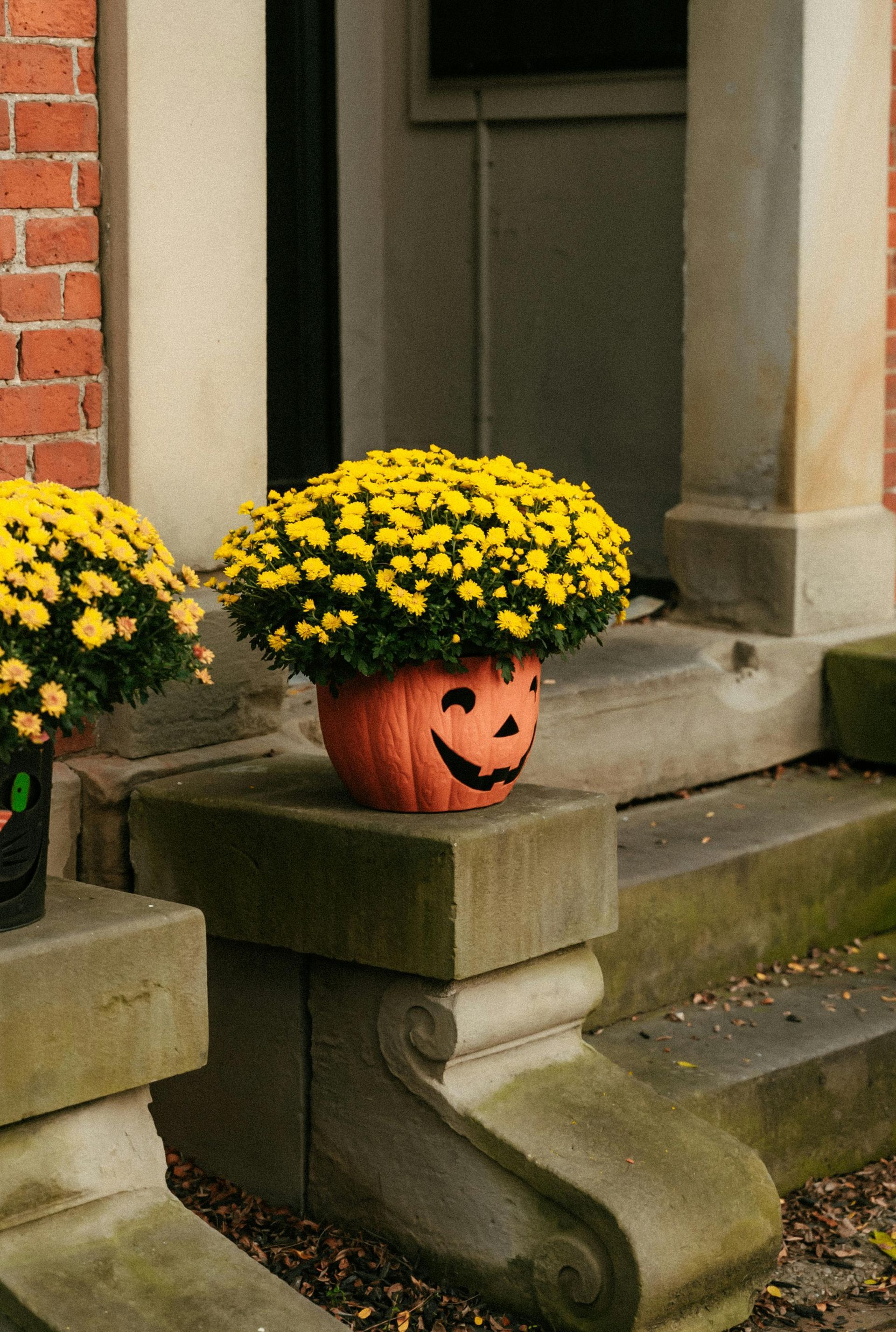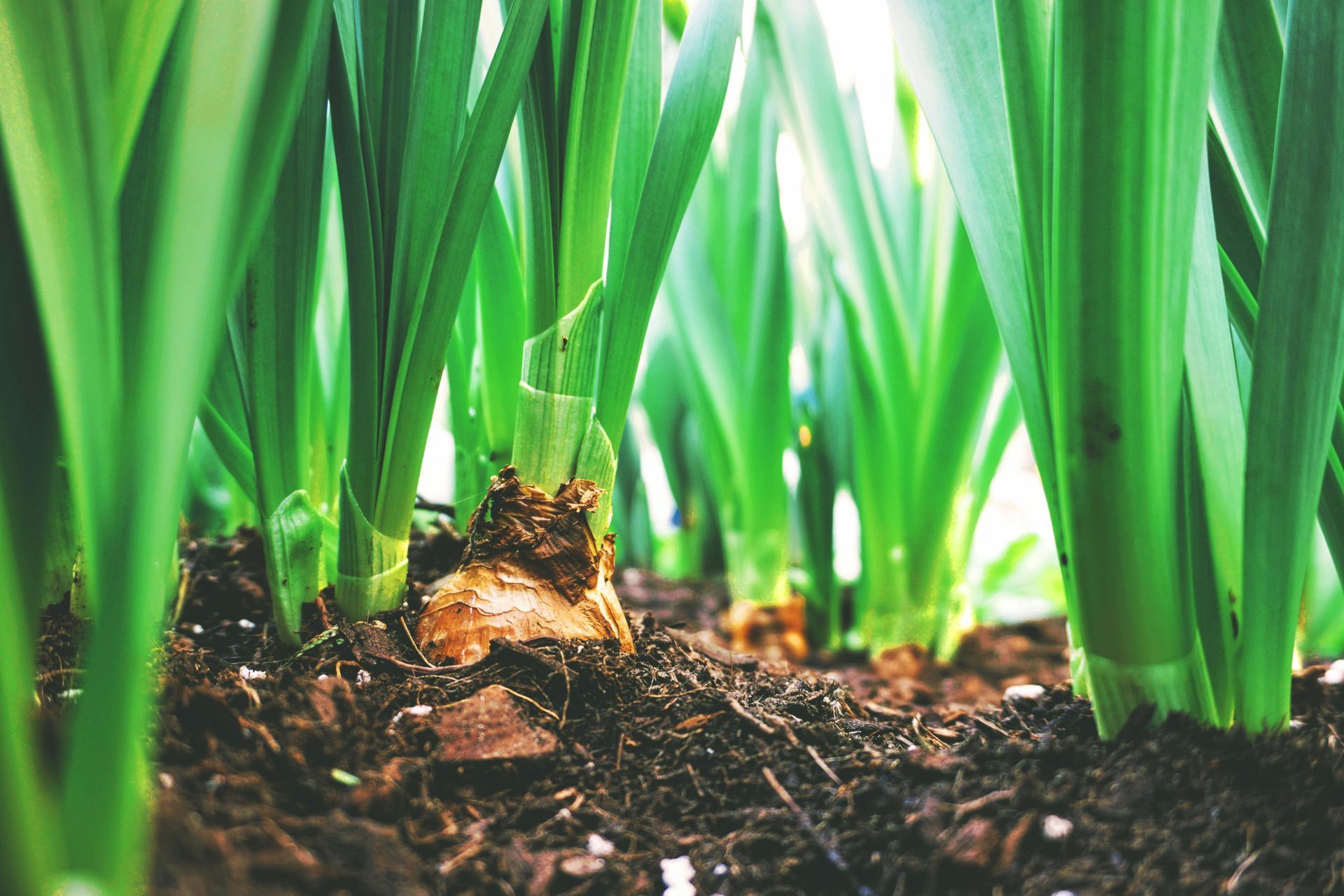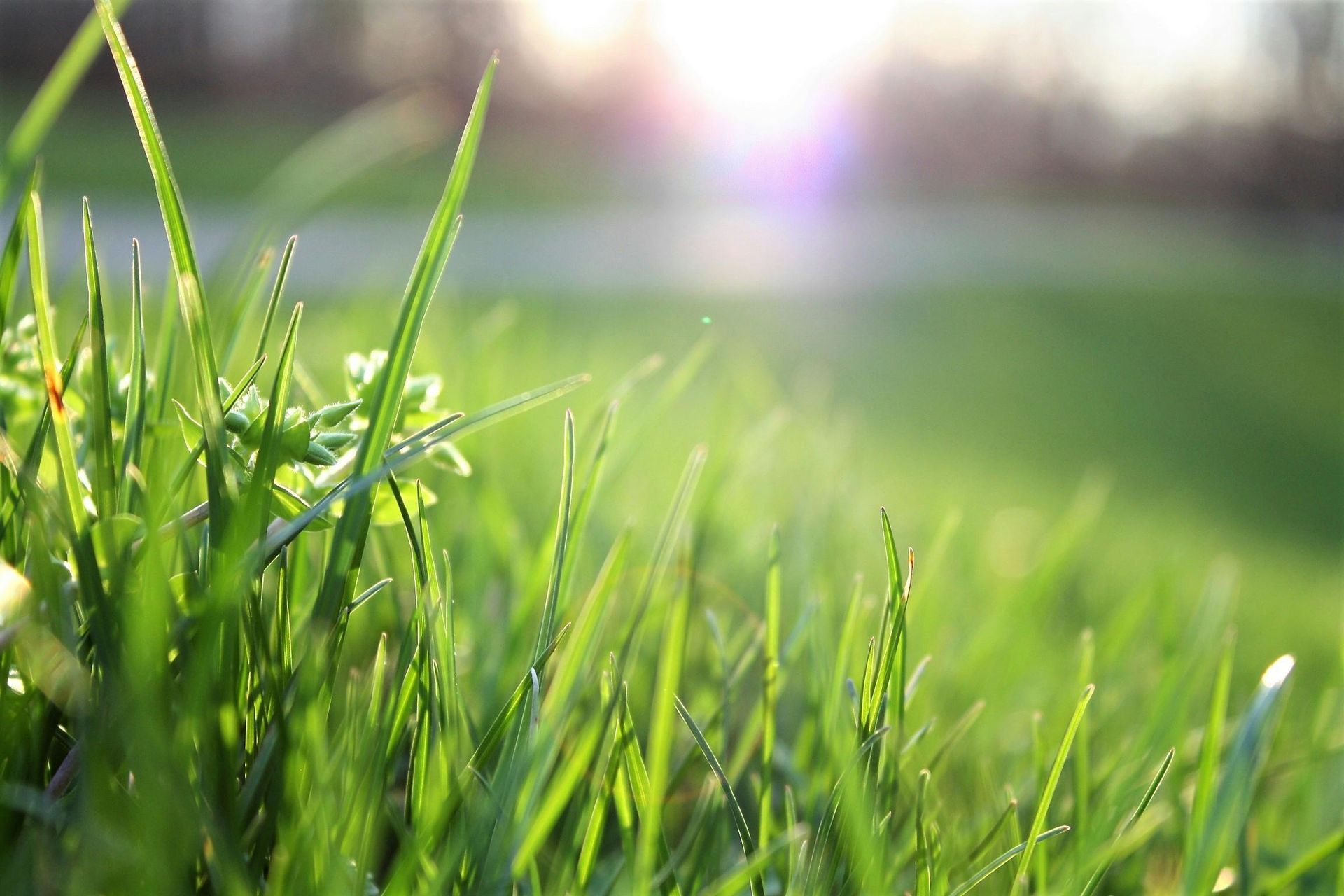Crape Myrtle Care
This top-flowering and easy-to-grow tree or shrub is the queen of the South and great for summer color.
Crape myrtles are hands down the mainstays of our Southern summer landscape. Whether you spell it crape or crepe (keep in mind that the Crape Myrtle Society of America uses the “a”) or play it safe with the universal Latin name Lagerstroemia, the versatile shrubs and trees are sturdy backbone plants that provide both lush summer flowers and striking winter texture; many have intense orange, yellow, or red fall colors as well.
The leggy trunks of crape myrtles are satiny smooth and buff tan, which is revealed when the shaggy outer brown or grayish outer bark flakes off in large shards. What makes crape myrtles so irresistible are the spectacular late spring, summer, and fall flowers. The super frilly, crepe-like individual flowers of white, pink, lavender, or deep red – and even some bi-colors - are arranged at the ends of twigs in either small loose clusters or tight, heavy football-size panicles, and appear all season on new growth. After flowers fall, small round seedballs form, which can be left on or cut off to stimulate a strong flush of new flowering growth.
Four-Season Beauties
Crape Myrtles come in a wide array of sizes and shapes. Different varieties can be naturally rounded or upright and vase-shaped, and are easily pruned to accentuate either.
Don’t Commit “Murder”
When pruning them, take the proper steps to not commit what we call “crape murder”.
When pruning, selectively remove whole limbs to thin out the inside of the plant. This allows for better air circulation and less disease issues. One of the most beautiful aspects of a Crape Myrtle is the artistic look of the trunk and branches in their natural growth habit as they age. If pruned incorrectly (severely pruned back or chopped off at the top) the look is ruined.
Provide Proper Care
Plant in a sunny location - Crape Myrtles need at least afternoon sun. When planted in a part shade environment, they tend to not bloom well and have disease and insect problems.
Fertilize regularly - These hungry plants will grow even faster and bloom more if fertilized once in spring and at least once during the growing season. Here's a trick to get your Crape Myrtle to go through another complete bloom cycle. After they bloom out, trim back all the meristems (the tips) where the flower clusters are before they go to seeding and fertilize them. This will create immediate new growth which will bud and bloom another cycle. All Crape Myrtles can be planted year round but require a lot of moisture their first summer before they have developed a mature root system.
Problems with crape myrtles include not flowering well or at all, usually caused by a combination of factors that include not enough sunshine, poorly-drained soil or other root damage, or excess fertilizers. Powdery mildew often encases and disfigures new growth with a white mold; while many new varieties are resistant to this disease, plenty of sunshine and good air movement will reduce its impact better than routine fungicide sprays.
Aphids and leafhoppers suck sap from twigs and bottoms of leaves, and their sticky, plant-sugary dripping leads to the growth of a thin but unsightly black “sooty mold” on lower leaves and anything else underneath the trees, which can cause premature leaf drop. The only control is either regular spraying for aphids, soil-applied systemic insecticides, or simply rinsing the leaves with soapy water followed by clear water, which causes the mold to dry and flake off.
If you ever run into problems, call us for the right plant health care.
Versatile
Grow crape myrtles as specimen and accents, narrow trees for fast shade, along streets or driveways, screens, or stately groups underplanted with groundcovers, bulbs, or small shrubs.

